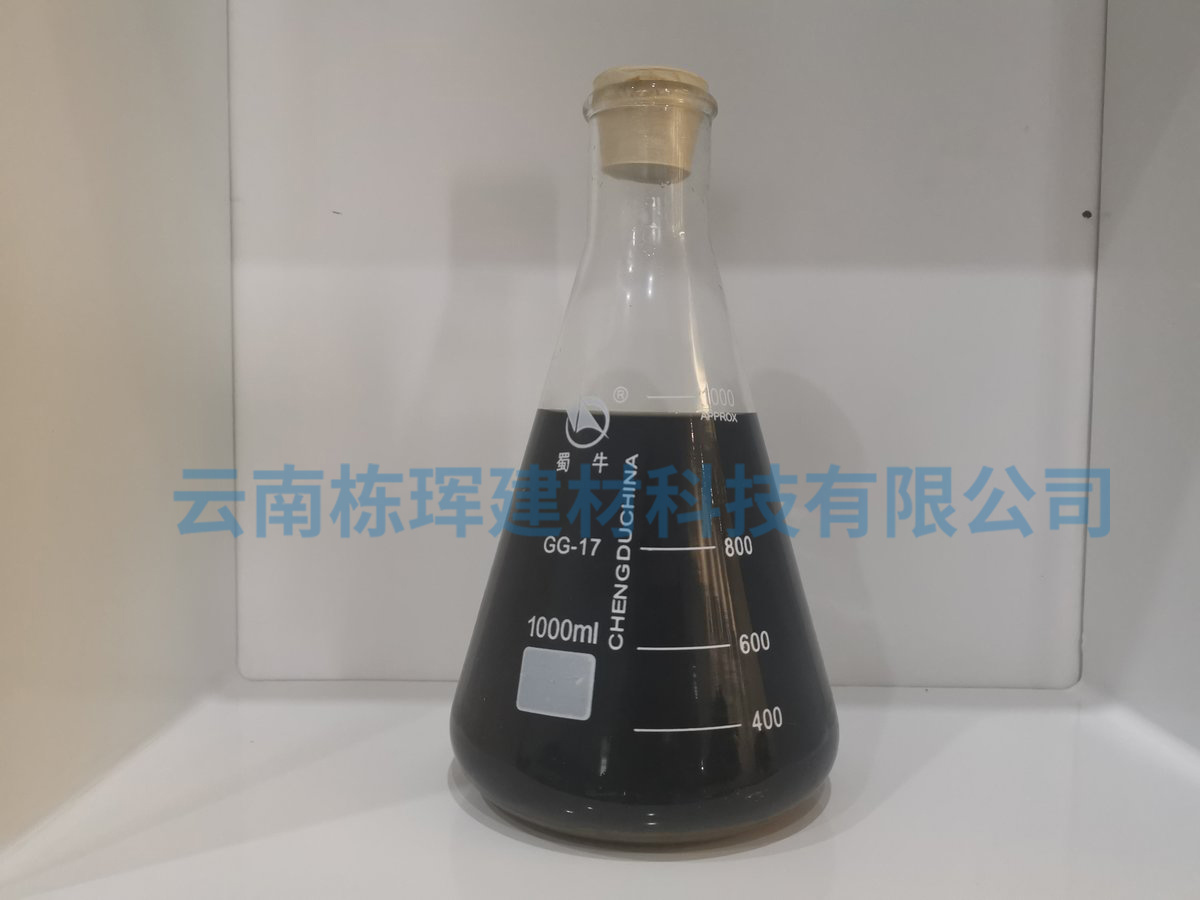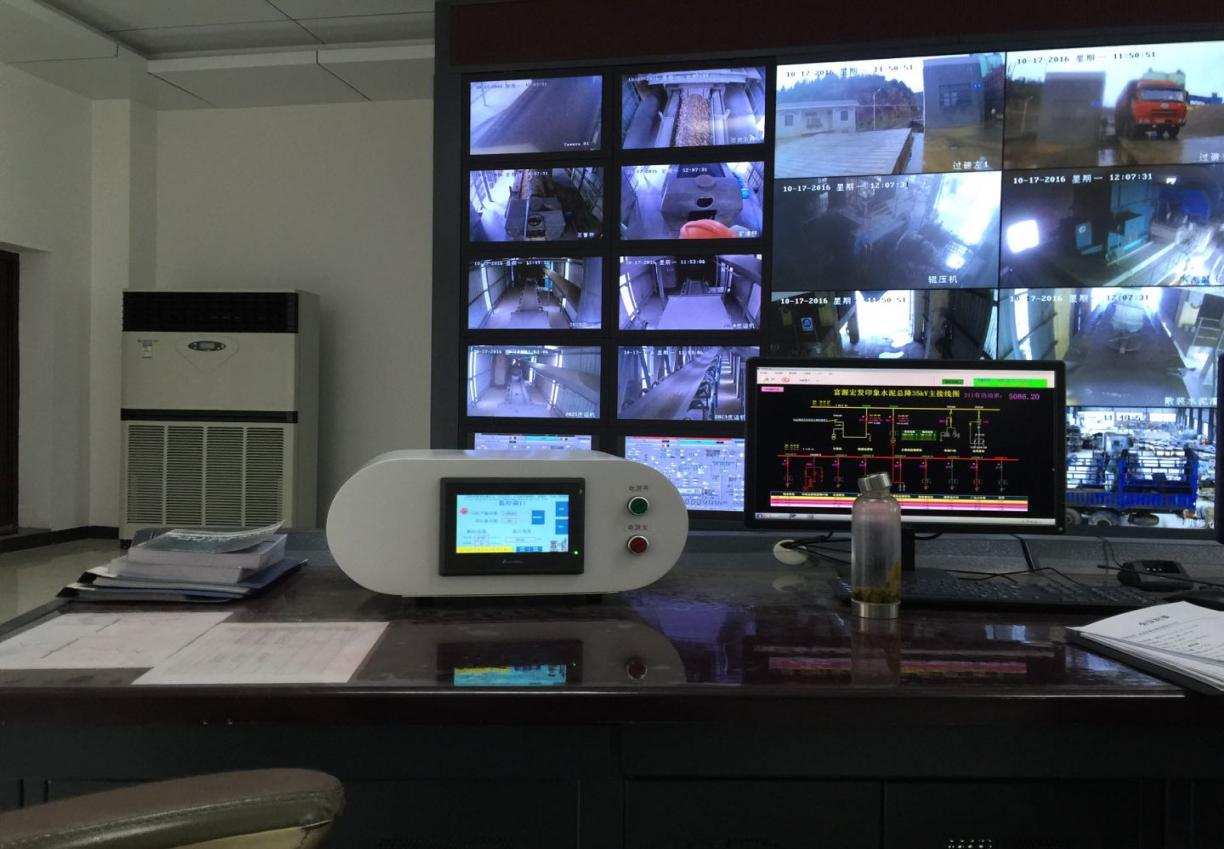Abrasives Tips 2
Cement enterprises generally roughly divide grinding aids into two categories: "enhanced" and "production enhancement", how should we choose? It is generally believed that if you want to improve the strength, you should choose "enhanced" grinding aid, and if you want to increase production or save electricity, you should choose "increased production" grinding aid. This seems to be no excuse, but sometimes the results are not ideal.
How to choose a good use of good grinding aid
Cement enterprises generally roughly divide grinding aids into two categories: "enhanced" and "production enhancement", how should we choose? It is generally believed that if you want to improve the strength, you should choose "enhanced" grinding aid, and if you want to increase production or save electricity, you should choose "increased production" grinding aid. This seems to be no excuse, but sometimes the results are not ideal.
In fact, in terms of a grinding system, between strength, production and power consumption, they can be transformed into each other, and by grinding the cement finer, the production and power consumption can be transformed into strength. On the contrary, if the cement is ground coarser, the strength can be converted into production and power consumption.
Grinding aids can be divided into two categories: "high flow rate" and "low flow rate". You should first find the weakness of the grinding system, and then choose the right grinding aid to get a better result. For example, if there is no spare capacity of the mill elevator and a high flow rate grinding aid is selected, the system will not only fail to increase production and save electricity, but also fail to guarantee the strength because of the bottleneck in the system.
As long as the grinding aid is conducive to make up for the shortcomings of the grinding system, you can get a better enhancement or power saving effect, as to whether you want to enhance or want to increase production and save electricity, can be completely transformed by the fineness of the coarse and fine. To make the grinding aid in cement production to achieve the expected use effect, we must consider the suitability and relevance of the grinding aid, it is inseparable from the small grinding test and large grinding test.
2.1 Factors to be considered in choosing grinding aids
(1) The suitability of grinding aids for different clinker, different mixed materials and their respective different moisture is different.
(2) The suitability of grinding aids for different grinding systems, different mill sizes, and even whether there is spare capacity in the auxiliary machine equipped with the system, is different.
(3) The components and content of grinding aid directly affect the use effect of grinding aid, too much or too little use will also affect its use effect.
(4) There are many factors affecting the suitability of grinding aids, and it is impossible to consider so thoroughly, so it is necessary to emphasize the test, trial and timely adjustment before and during use.
(5) Some grinding systems may affect certain properties of cement after using some grinding aids, mainly in the following ways: poor sand flow, low 28d strength enhancement rate, longer or shorter setting time, etc. Individual grinding aids may also lead to poor compatibility between cement and concrete admixtures, affecting the quality of concrete.
Although the use of grinding aids can play a production, energy-saving effect, but it goes without saying that the excessive addition of grinding aids will lead to more concentrated cement particles, so that the porosity of the particle pile increases, which is not conducive to the structure of concrete, has caused the concrete industry's aversion, had to draw the attention of the cement industry and grinding aid industry, we have the responsibility to find an effective solution.
If we want to reduce the concentration of particle distribution, the simple thing is to properly reduce the amount of grinding aid admixture, in order to play the grinding aid power saving effect to do the right thing, and we are not willing to. And the foreign concrete industry in order to regulate the suitability of cement for concrete, in the preparation of concrete, often add some auxiliary cementitious materials, the so-called mineral admixture. One of its principles is to increase the powder in <10μm, especially <3μm particles of micro-aggregates, so that the powder gradation closer to Fuller gradation, so as to achieve water reduction, densification purposes, the so-called "micro-aggregate effect".
In other words, regardless of the composition of cement particles, as long as there is a corresponding admixture and its supporting technology, it can make up for the non-adaptation of the composition of cement particles and formulate good concrete; that is, as long as there is a corresponding admixture and its supporting technology, the technical progress of cement grinding process, including the use of grinding aids, can be free from the constraints of the composition of cement particles. This is the basic principle and development prospect of "separate grinding process" and "dopant correction process" in cement industry and concrete industry respectively.
Unfortunately, the "separate grinding process" in the cement industry and the "admixture correction process" in the concrete industry have not yet attracted enough attention from the two industries in China. The suitability of concrete still depends on the original grading of cement, which is the reality we face.
Unfortunately, our cement industry only knows the concrete industry's "picky" complaints, why can't we add a certain amount of mineral admixture, using the "micro-aggregate effect" to improve the performance of our cement? Why can't we mix the ideal grinding aid dose to create the conditions?
Of course, "mineral admixture" is best added by the concrete industry, because the best mineral admixture depends not only on the cement, but also on the properties and particle gradation of other materials used in concrete. However, in the concrete industry is not willing to do this work, the cement industry can first try to do, because the cement industry wants to add abrasives, rather than the concrete industry.
Production and blending "mineral admixture", although the cement industry does not play a thorough role in the concrete industry, the cement industry can not replace the concrete industry blending, but the cement industry than the concrete industry has unparalleled production and blending conditions, the main beneficiary of the grinding aid is the cement industry, the cement industry can first take the initiative to The cement industry can take the initiative to assume this responsibility.
2.2 Precautions for using grinding aid
(1) Keep the grinding aid admixture and the material to be ground stable. It is necessary to check the flow of grinding aid frequently to ensure the accurate amount of admixture; avoid adjusting the admixture of grinding aid drastically and raising the production drastically, and adjust it gradually in the stable production to avoid damaging the grinding condition.
(2) Handling of coarse running or full grinding. If the fineness of the product and the fineness of the output grinding (closed circuit grinding) become coarse, or the circulating load is too high and produces the phenomenon of full grinding, the grinding aid admixture should be reduced appropriately, or the output should be reduced to adjust the phenomenon of full bin and coarse running.
3) The size and stability of the particles of the material to be ground. The particle size of the material to be ground should be controlled properly and kept stable. Frequent changes of particle size will easily lead to unstable grinding in the mill and affect the effect of grinding aid.
(4) If the coarse bin is easily full of grinding while the fine bin is empty, it is generally due to the overproduction range, resulting in insufficient crushing capacity of the coarse bin and unbalanced capacity of the coarse and fine bins, so the grading of the mill grinding body should be adjusted appropriately to increase the crushing capacity of the coarse bin.
(5) The working parameters of the mill system should be adjusted appropriately at the right time, such as the wind speed and air volume in the mill, the air volume and speed of the powder selector, the filling rate of the mill bins and the grading of the grinding body, etc.
(6) For the enhanced grinding aid, after the adjustment of the incoming material (when the mixture is appropriately increased and the output remains unchanged) the grinding sound may be extra loud, the ventilation in the mill should be reduced to lower the material flow rate, and the powder selector should be adjusted to increase the amount of return powder so that the material can be fully ground, instead of reducing the grinding sound by increasing the output.
2.3 Keep the grinding aid in the plant
Abrasives are generally transported and stored in bulk tankers or barrels, and for each batch of abrasives into the plant (one batch for each tanker; one batch for each batch of barrels into the plant), firstly, the quality control personnel and production personnel of the using unit, as well as the representatives of the abrasives supplier (also can be entrusted to the representatives of the abrasives delivery personnel) will jointly take samples from three parties. Sampling requirements.
①Tanker: randomly draw 2 to 3 times during the unloading process, with a total volume of at least 1,000mL.
② Barrel: 3 to 5 barrels per batch, total amount at least 1,000mL.
The sample is extracted into a plastic or glass container mixed well and divided into two. One of the samples are attached to the sample retention strip and sealing strip, as a sealed sample kept for 90 d. The sample retention strip indicates the sample name, number (or batch), sampling time, the sampler, etc. The sealing strip indicates the sealing time, the signature of the co-sealer.
The other sample is filled in and then density, pH and small grinding test are carried out and kept for 40 d. Generally, when the test result is compared with the product qualification report, the density error is judged to be within 0.03 g/cm3.
2.4 Improve the stability of small dose of grinding aid dosing
Undoubtedly, the accuracy and stability of the grinding aid admixture has a greater impact on its use effect and cost. Due to the difference in management requirements between large industrial cement production and the addition of small doses of grinding aid, especially for small doses of grinding aid is particularly obvious, resulting in fluctuations in the amount of dosing, although the absolute value is not large, but the relative value is not small, the difficulty of controlling fluctuations is also greater.
Here is a simple and effective way to assist, is to mix the amount of artificial "amplification". By the grinding aid supply and demand communication between the two sides, in the vicinity of the user to seek a grinding aid and cement production does not constitute an impact, inexpensive and good-quality adding liquid, it will be mixed into the grinding aid in advance and mixed well, the original grinding aid measurement will be enlarged after use. In this way, the relative value of fluctuation is reduced while the absolute value of the original fluctuation remains unchanged.
Previous page:
Next page:
SAF Coolest v1.3 设置面板 GRQSE-ZVVS-PAAFE-ZVA
无数据提示
Sorry,There is currently no content in the current column!
You can check other sections or return HOME





